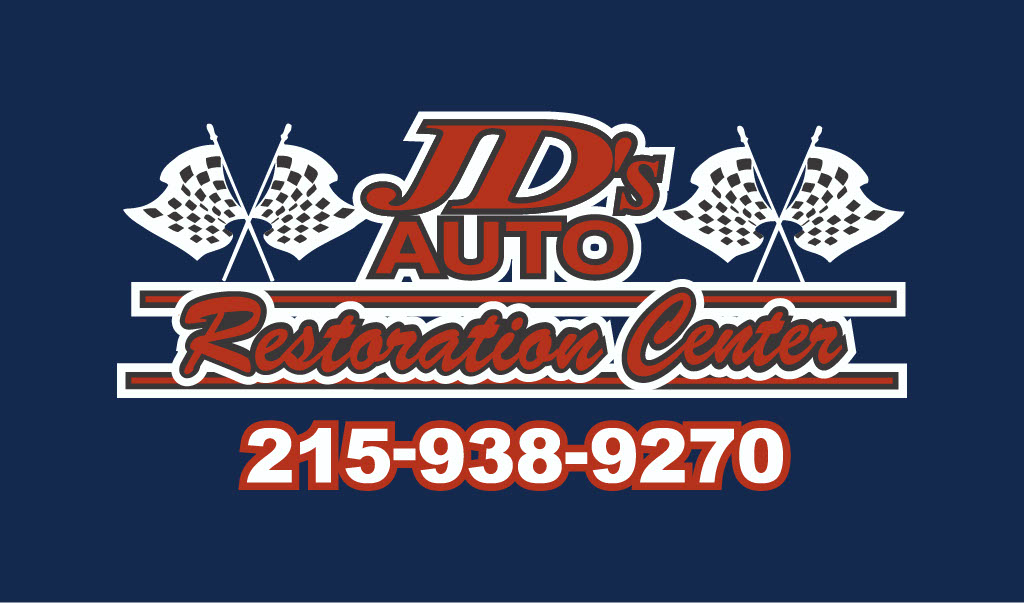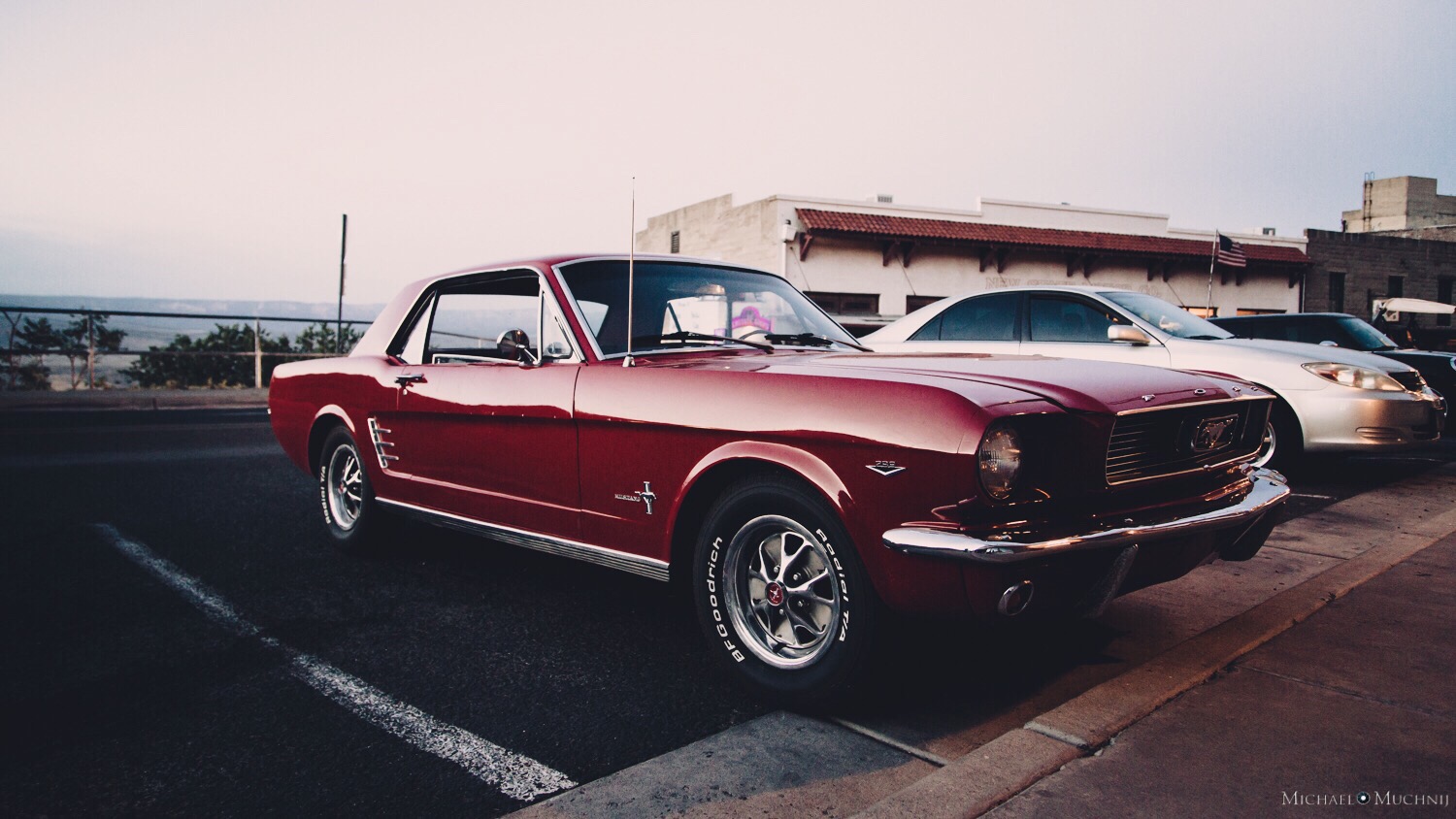If you’re a car enthusiast, restoring a classic car is one of the most rewarding experiences you’ll ever undertake in your lifetime. You may think it’s too late to start, but this hobby is immune to age prejudice—it’s never too late to embark on the project of a lifetime! Here at JD’s Auto Repair, we meet people every day that want to restore a classic car but don’t know where to start, which is why we’ve offered some tips for first-time classic car restorers to help them jump-start the most compelling hobby out there.
Know what you’re dealing with
Classic cars are expensive, which is why many people turn to restoration jobs—they hope they will save some money in the process of building their ideal classic car. However, without understanding what needs to be done, many people end up spending as much or more than they would if they were to purchase their ideal classic car from the start.
To avoid falling into this trap, you’ll need to do some serious homework. Here are the main areas you’ll need to explore and build knowledge of before you even purchase your restoration project vehicle:
Cost and project schedule – Restoration projects take a long time and usually run over schedule. For this reason, you should add an extra 20% to your estimated time of finishing your project, but be aware that even this schedule could slip. This is more likely during your first time, but don’t be disheartened! The first restoration job is always the most difficult.
This is also the same when it comes to cost. It might even be a good idea to choose a cheaper vehicle as your first project just in case you fail on trying to restore your dream car. You can then learn from your mistakes the next time around when you come to rebuilding your perfect classic car.
Choosing the best fitting car – There are so many variables when it comes to choosing a classic car for a restoration job that it can seem overwhelming. Let’s assume that you’ve already tried with a “practice run” vehicle and are now looking for a vehicle that fits the bill for your first real restoration project. You’ll want to choose something that’s not in too bad shape—this means it’s an easier restoration job than if you were trying to simply restore a shell of a vehicle.
You’ll also want to ensure you buy from a reputable dealer. This can be tricky because everyone says they are reputable, right? Websites like eBay might have many options, but ensure you ask the driver for the paperwork and check it over with someone who knows what they’re talking about before you exchange any money or sign anything. Classic car buyers have been known to be highly prone to scams and cons.
Ensure you have the right gear – One of the biggest investments you’ll be making is in a new tool kit, which at the very least will need to consist of screwdrivers, pliers, socket wrenches, monkey wrenches, sheet metal scissors, a power drill with various bits, wire brushes, a floor jack, and a collection of electrical tools. If your restoration job is more advanced, you’ll probably need to invest in much more than just that, including an engine crane, jack stands, a grinder, a welder, and a blowtorch. These don’t come cheap, and you’ll also need a space to store and maintain them, as well as keep your vehicle.
To avoid being a fool with all the gear and no idea, make sure you research and learn how to use all the tools safely and correctly. The last thing you want is to have your project canceled because you cut your fingers off with an angle grinder or worse!
Classic car restoration is no walk in the park, but with a few basic tips, anyone can begin on their journey to build their ideal classic car. If you’d like further tips on building a classic car, or if you need some expert work done that you can’t do yourself at home, contact us here at JD’s Auto Repair. Our experienced staff love restoring classic cars, and hopefully, their passion will rub off on you too!

